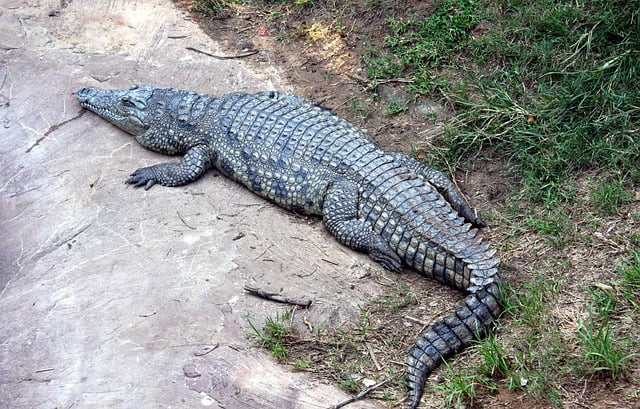Reptiles are a diverse group of cold-blooded vertebrates that include snakes, lizards, turtles, crocodiles, and tuataras. They have several distinct characteristics that set them apart from other animal groups:
1. Saltwater Crocodile (Crocodylus porosus)
The Saltwater Crocodile, also known as the Estuarine Crocodile, holds the title of being the largest reptile on Earth. These impressive creatures inhabit the brackish and saltwater habitats of Southeast Asia, Northern Australia, and parts of the Indian subcontinent. Typically, adult males can attain lengths averaging 6-7 meters (20-23 feet), with some individuals documented to exceed 8 meters (26 feet) in length.
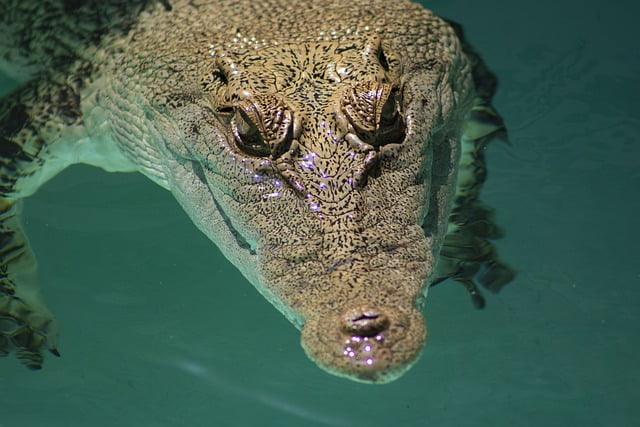
These formidable reptiles can tip the scales at over a ton, solidifying their status as one of the heaviest reptile species. They hold the apex predator position and have a well-earned reputation for their highly aggressive nature.
2. Nile Crocodile (Crocodylus niloticus)
The Nile Crocodile is the second largest reptile globally and is native to various regions in Africa.
Matured males typically reach an average length of approximately 4-5 meters (13-16 feet), with exceptional individuals documented to exceed 6 meters (20 feet) in length.
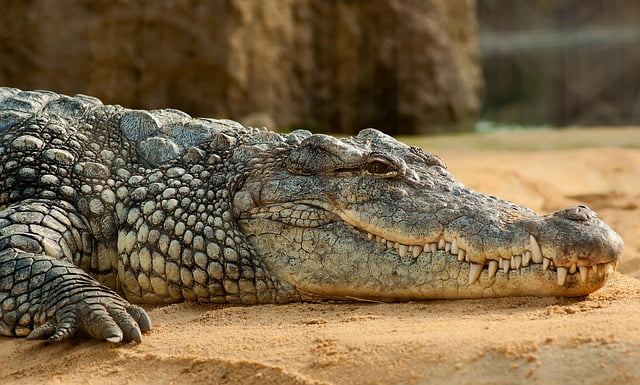
Characterized by their wide snouts, formidable jaws, and sturdy bodies, Nile crocodiles are adept at capturing sizable prey, such as ungulates, fish, and even fellow predators. Their hunting strategy revolves around ambush tactics, often involving patient waits near riverbanks or bodies of water to surprise unsuspecting prey.
Read More: 12 Effects of Natural Resource Depletion on Human Life
3. Komodo Dragon (Varanus komodoensis)
The Komodo Dragon is the largest living lizard species and is native to the Indonesian islands of Komodo, Rinca, Flores, Gili Motang, and Padar. These massive reptiles can reach lengths of 2-3 meters (6-10 feet) on average, with some individuals occasionally surpassing 3 meters (10 feet).
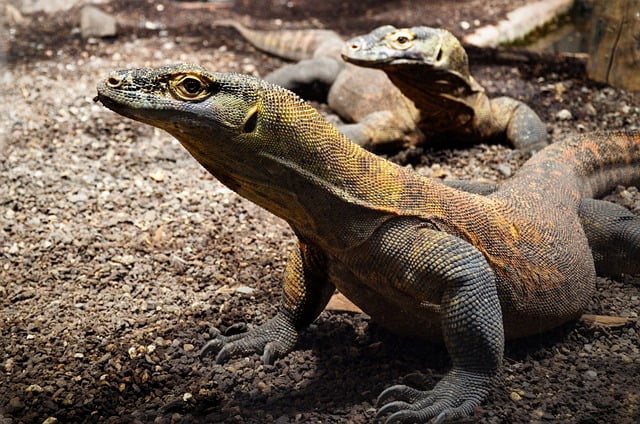
They have a robust build, muscular tails, sharp claws, and a venomous bite. Komodo dragons are apex predators and primarily feed on deer, wild boars, and other large animals. Their saliva contains bacteria that can cause severe infections in their prey, making the Komodo dragon a formidable and unique reptile species.
4. Leatherback Sea Turtle (Dermochelys coriacea)
The Leatherback Sea Turtle holds the distinction of being the largest turtle and reptile globally. Unlike other turtles, it lacks a hard bony shell and has a unique leathery skin covered in a mosaic of flexible, oily dermal plates.
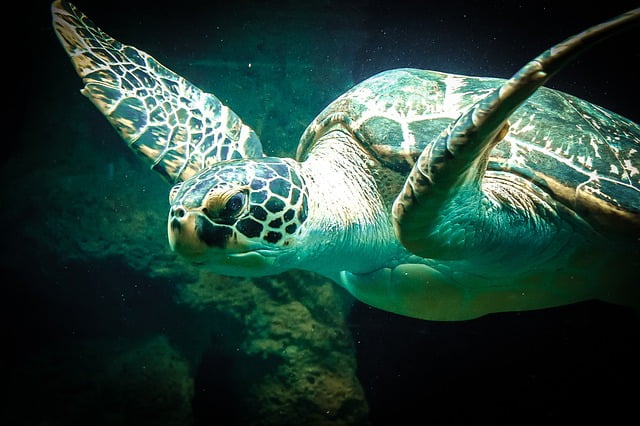
These marine reptiles can grow to impressive lengths of 2-3 meters (6-10 feet) and can weigh up to 900 kilograms (2,000 pounds). Leatherback turtles have a global distribution, with populations found in tropical and subtropical oceans.
Read More: Top 10 Most Friendly Animals to Humans in the World
5. Green Anaconda (Eunectes murinus)
The Green Anaconda claims the distinction of being the most massive snake species in terms of weight and circumference. Indigenous to the swamps and wetlands of South America, this non-venomous constrictor typically attains an average length of 4–5 meters (13–16 feet), although extraordinary individuals have been documented surpassing 6 meters (20 feet).
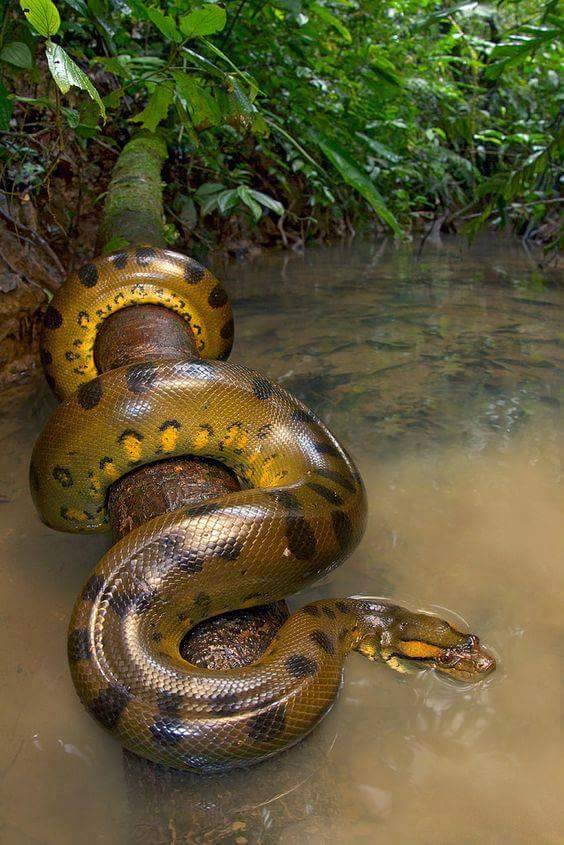
They have a muscular body, a large head, and a keen sense of smell. Green anacondas primarily prey on a variety of animals, including fish, reptiles, birds, and mammals, and they are adept swimmers, often ambushing their prey in water.
6. Reticulated Python (Python reticulatus)
The Reticulated Python is one of the longest snake species in the world and is native to Southeast Asia. It is known for its impressive length, with some individuals reaching lengths of 6-7 meters (20-23 feet) on average.
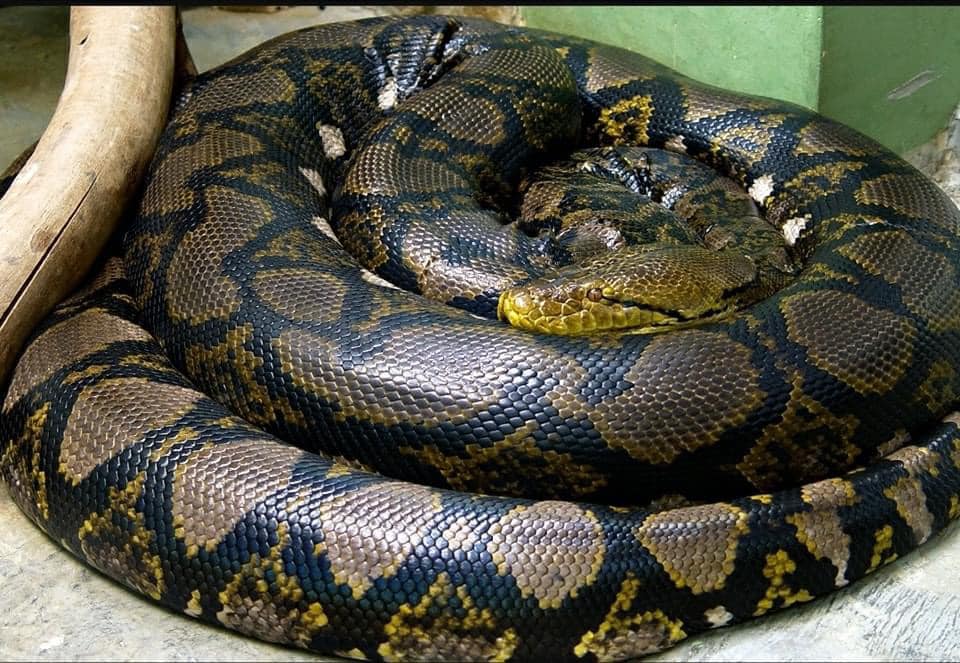
Exceptional specimens have been reported to exceed 8 meters (26 feet) in length. Reticulated pythons have a slender bodies covered in beautiful, intricate patterns of light and dark markings. They are constrictors and feed on a variety of mammals and birds.
Read More: Top 10 Most Friendly Animals to Humans in the World
7. African Rock Python (Python sebae)
The African Rock Python is another massive snake species native to sub-Saharan Africa. It is one of the largest snake species in Africa and can reach lengths of 4-5 meters (13-16 feet) on average. Some individuals have been reported to exceed 6 meters (20 feet) in length.
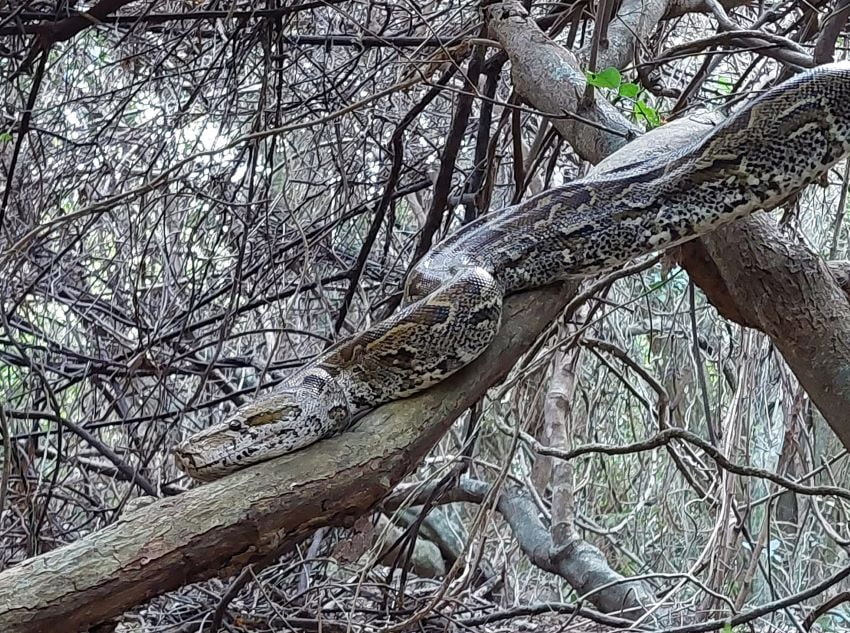
African rock pythons have a robust body and are known for their strong constriction abilities. They are capable of taking down large prey such as antelopes and crocodiles.
8. American Alligator (Alligator Mississippiensis)
The American Alligator is a large reptile native to the southeastern United States. Mature males can be 3–4 meters in length, while exceptionally large individuals have been recorded to be over 5 meters in length.
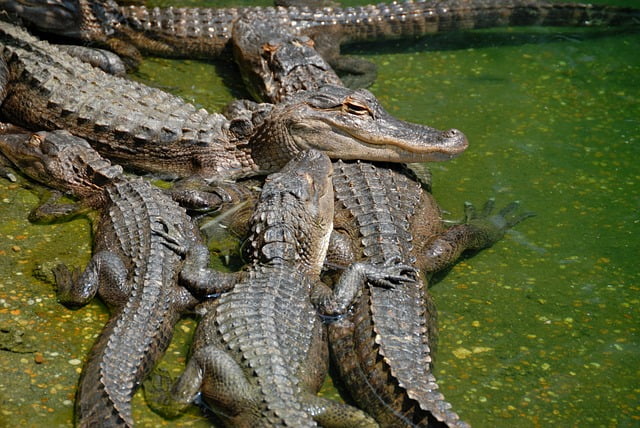
They have a broad snout, powerful jaws, and a muscular body. American alligators mainly inhabit freshwater environments such as swamps, rivers, and lakes. They are apex predators, feeding on a variety of prey, including fish, birds, and mammals.
Read More: 10 Importance of Animals in Our Life
9. Chinese Alligator (Alligator sinensis)
The Chinese Alligator is a critically endangered species and one of the smallest crocodilian species in the world. Adult individuals typically reach lengths of 1.5-2 meters (5-7 feet). They have a robust body, a broad snout, and a unique bony crest on their forehead. They primarily feed on fish, insects, and small mammals.
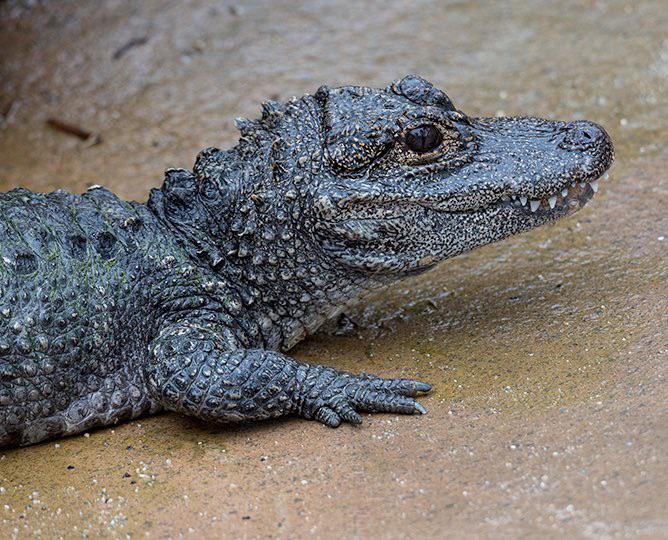
10. Orinoco Crocodile (Crocodylus Intermedius)
The Orinoco Crocodile, classified as critically endangered, ranks among the largest crocodile species in the Americas. On average, adult males reach lengths of 4-5 meters (13-16 feet), with some individuals documented to exceed 6 meters (20 feet). These crocodiles feature a broad snout, a robust body, and a distinctive bony ridge running along their back.
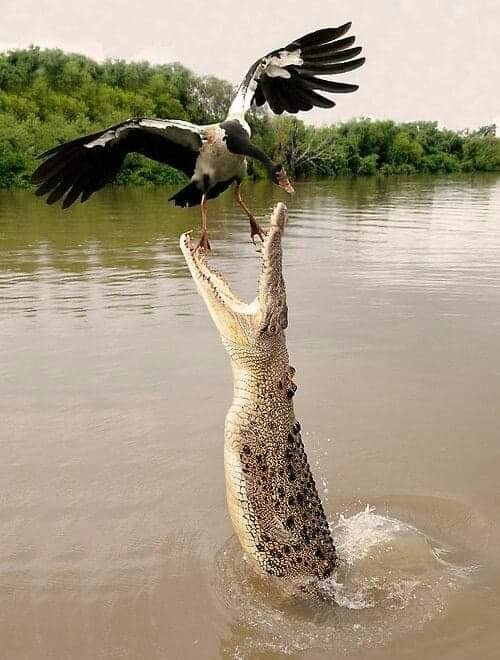
Orinoco crocodiles predominantly inhabit freshwater environments, including rivers and swamps, within the Orinoco River basin situated in Venezuela and Colombia. Their primary diet consists of fish, but they may also include mammals, birds, and reptiles in their menu.
